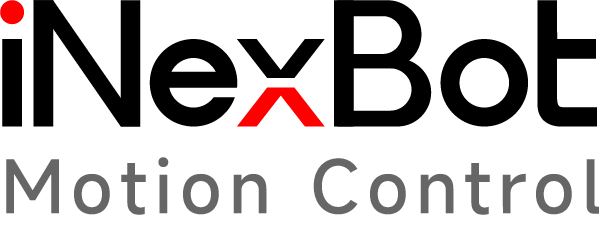Loading
Address:
Nanjing: Room 601, Beidou Building, No.6 Huida Road, Pukou District, Nanjing City, Jiangsu Province, China
Suzhou: Floor 6, Gusu Yungu, Gusu District, Suzhou City, Jiangsu Province, China
Dongguan: Room 501, Building B, South Zone, Gaosheng Technology Park, Nancheng Street, Dongguan City, Guangdong Province, China
Copyright© 2015-2024 inexbot 苏ICP备20033607号-1


